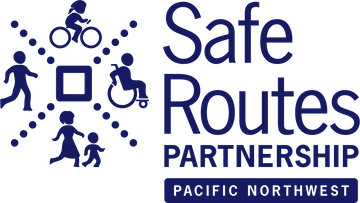How does the greater Portland-Metro region get to a place where we have safer streets? Where do we begin to build accessible routes — to transit, to jobs, to schools, to our community centers — for people of all ages and abilities to travel on foot?
Planning in the greater Portland-Metro region, led by a number of policies that include the 43-year-old “Bike Bill” (ORS 366.514) — which requires the inclusion of facilities for pedestrians and bicyclists wherever a road, street or highway is built or rebuilt — and the region’s urban growth boundary (UGB) — which maintains a dense, urban, livable area — has allowed the region to be a relatively safe, walkable part of the country.
Yet too many people in the region cannot engage in the simple act of walking their dog, because their streets do not have sidewalks. Too many of our families say “it’s too dangerous” to let their kids walk or roll to school — even when they live only a quarter mile away. Cities, town centers, and neighborhoods across the region — the very places where people of all ages and abilities should expect to be able to walk — have miles of sidewalks missing from even the busiest streets. Older adults in our population are talking about wanting to age in place, yet are very concerned about what that means for their mobility, social connections, and ability to stay independent.
The recently released Dangerous by Design report indicates that older adults, children and minorities are the most at risk while walking. These portions of our population are among the most threatened by streets built for speed, not safety. We still suffer pedestrian traffic deaths — an average of 21 each year in the region. Pedestrian fatalities disproportionally account for nearly a quarter of all traffic fatalities. And really, even one traffic fatality is too many, isn’t it?
The reality is that we do not have anywhere near a complete regional network when it comes to walking or bicycling, and in far too many places around the region, walking or biking or taking transit — choosing not to drive, or not having the choice — is dangerous for our health. We’re getting overweight, we’re getting obese, we’re experiencing high rates of asthma from vehicle exhaust, and heart attacks from not getting enough exercise. Our inability to make other transportation choices puts us at risk: right now every time we walk out the front door, and in the years to come. Unless we start to make a change.
If you plan for cars & traffic, you get cars & traffic.
If you plan for people & places, you get people & places.– Fred Kent, Project for Public Spaces



